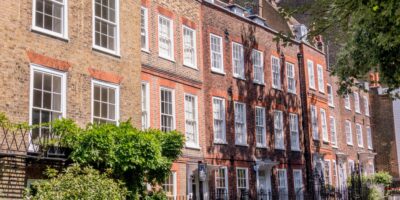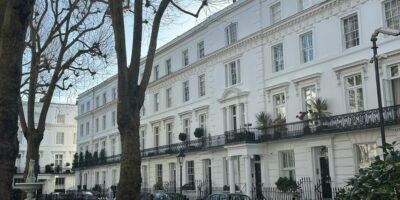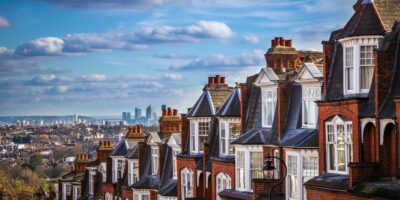
Why London Zones 2 and 3 have the fastest growing house prices
Prices in London’s prime central areas such as Hyde Park, Marylebone, Mayfair, Chelsea, Knightsbridge and Kensington may have cooled this year but for some time now this exclusive market has been booming.
Both home-grown City and high-tech talent as well as international buyers have driven this trend as the global reputation of central London has continued to fuel demand. Recent figures from a leading agent, for example, reveal that in London’s £5m-plus property market prices have risen by up to 26% over the past five years.
One result of this explosive growth is that buyers and investors who might have once considered more central areas are now looking for better value further out.
This trend has been intensified by the new Stamp Duty Land Tax changes introduced in December 2014. It levies considerably lower taxes on those buying principal homes in the £500,000 to £1m range, which in general are found in greater numbers outside central London.
Many of our clients are the kind of young affluent buyers looking for better value, but with considerable budgets. And often they want to be away from the price hotspots – but not too far away. And therefore the areas they’re after tend to be on the fringes of existing prime areas.
Examples include Streatham and Tooting which have benefitted from Clapham Common and Battersea’s recent price increases, helping push those with budgets of up to £1m to these formerly less-popular areas. The same is happening in Raynes Park, Kingston and Surbiton as Wimbledon prices escalate as well as Crouch End and Muswell Hill (Highgate and Hampstead) and Hammersmith and Chiswick (Chelsea and Earls Court).
And this trend looks set to continue and could make investing – or buying a home – in many of London’s Zone 2 and Zone 3 areas potentially rewarding. For example, Savills predicts that prices in the more far flung boroughs are where considerable growth is due to take place between now and 2020 – including Lewisham (+20%), Greenwich (+17%) and Hackney (+15%).
Transport is also going to play a role in both regeneration and house price growth within the outer areas of London. Not only is Crossrail – recently renamed the Elizabeth Line – set to make getting to work easier and quicker for millions of north, east and west Londoners but there’s also several other transport improvements in the pipeline. These include a Crossrail 2 linking South West London and North East London as well as the extensions of the Bakerloo line from Elephant and Castle out into South East London.
If you would like to know more about this subject or are looking for the perfect property in London, please contact us.


